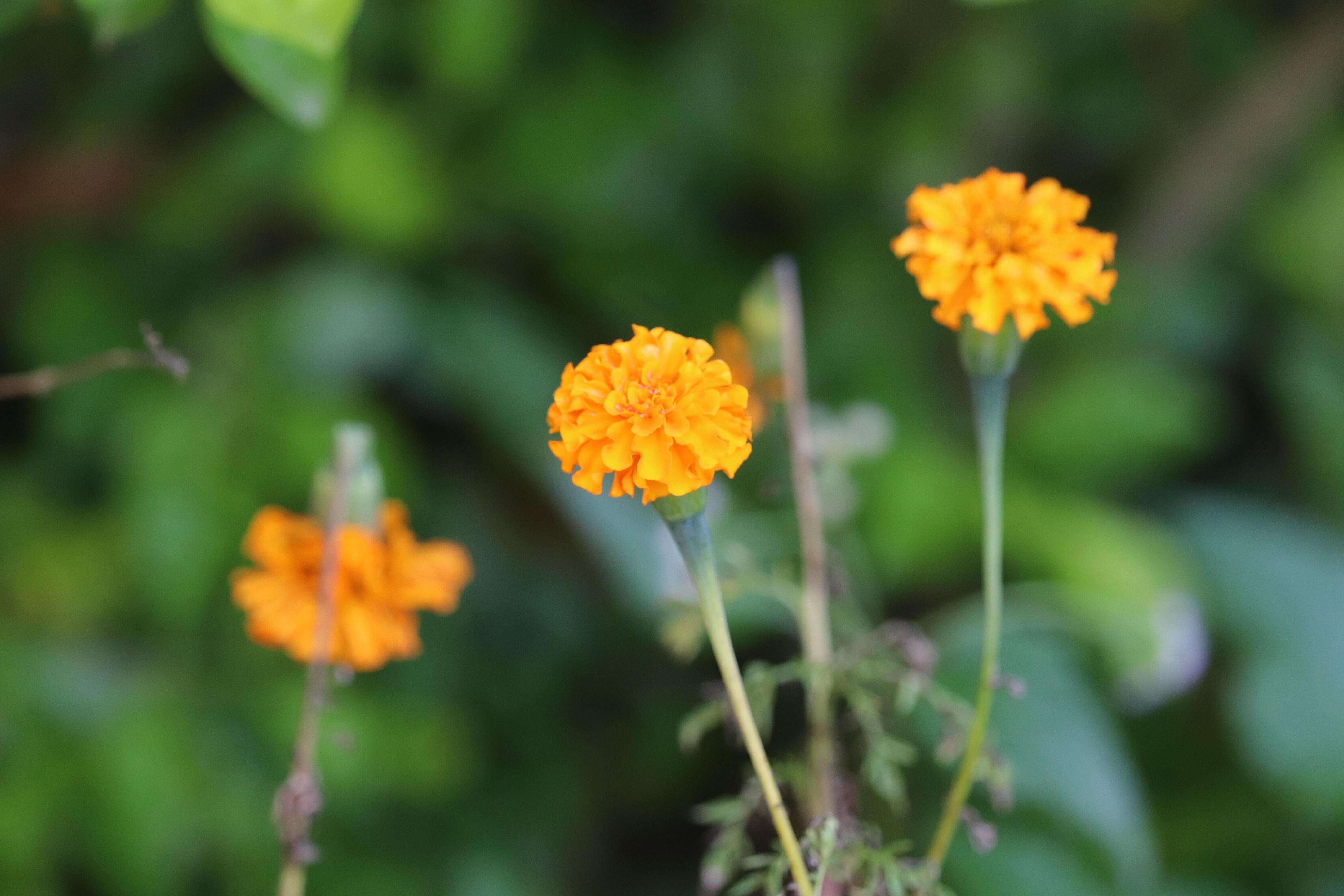
Marigold flowers: from Day of the Dead to Diwali
We explore the significance behind the vibrant orange blooms that are as rich in symbolism as they are in medicinal properties.
Aztec Marigold, also known as Tagetes erecta, has been used traditionally as a stomach soothing preparation and a digestive aid, most commonly as a tea, and which is why we formulate DEBLOAT FOOD + PREBIOTIC with it. Originating from the New World, the plants are believed to be native to the Americas, historically blooming across Argentina, New Mexico and Arizona.
The Aztecs believed that marigolds were sacred, and that they had spiritual, religious, medicinal and magical properties. The first recorded use of marigolds can be found in what is believed to be America’s earliest medical book, the Badianus Manuscript: An Aztec Herbal of 1552. Compiled by two Native Americans at the College of Santa Cruz in Tlaltilulco, Martinus de la Cruz and Juannes Badianus, the book has since been translated from its original copy in Nahuatl, the Aztec language. Alongside remedies for various ailments like insomnia, wounds, hair loss and so on, the records include the use of marigolds for “treatment of hiccups, being struck by lightning, or ‘for one who wishes to cross a river or water safely’.”
Marigolds are synonymous with Diwali festival, being used for garlands and offerings to Hindu gods, but they were used in Mexico long before they reached India some 350 years ago. Day of the Dead or Dia de los Muertos dates back several thousand years, the National Geographic reports, with the Aztec, Toltec, and other Nahua people, who considered mourning the dead disrespectful. “For these pre-Hispanic cultures, death was a natural phase in life’s long continuum. The dead were still members of the community, kept alive in memory and spirit—and during Día de los Muertos, they temporarily returned to Earth.”
Eventually the festival came to be what it is today after the Spaniards came to Mexico and introduced Catholicism to the indigenous people. “They blended traditions and beliefs to create their own customs. Dia de Muertos came to be from a mixture of the Aztec festival dedicated to the goddess, Mictecacihuatl, with the Catholic influence,” it’s reported. “The church rejected the Aztec’s beliefs and turned it into All Saints' Day and All Souls' Day making it on two days to fall into the catholic calendar.” November 1st is known as Dia de los Angelitos, to celebrate the lives of deceased children, and November 2nd as Dia de los Difuntos, to celebrate the adults.
Marigolds, known as Flor de Muerto (Spanish for Flower of the Dead), are used in abundance during the festival, and are said to symbolize the beauty and fragility of life while also attracting the departed souls back to their place of rest with their vibrant colors and scent.
In India, their saffron hue is considered very auspicious, and holds spiritual significance as a symbol of surrender to god. During India’s Festival of Lights, celebrating the triumph of good over evil, they can be seen adorning the doors and windows of homes as well as for garlands and offerings to Hindu gods. As a natural insect repellent, they not only look beautiful and hold rich meaning, but offer practical benefits for both these significant holidays where people come to celebrate life.



